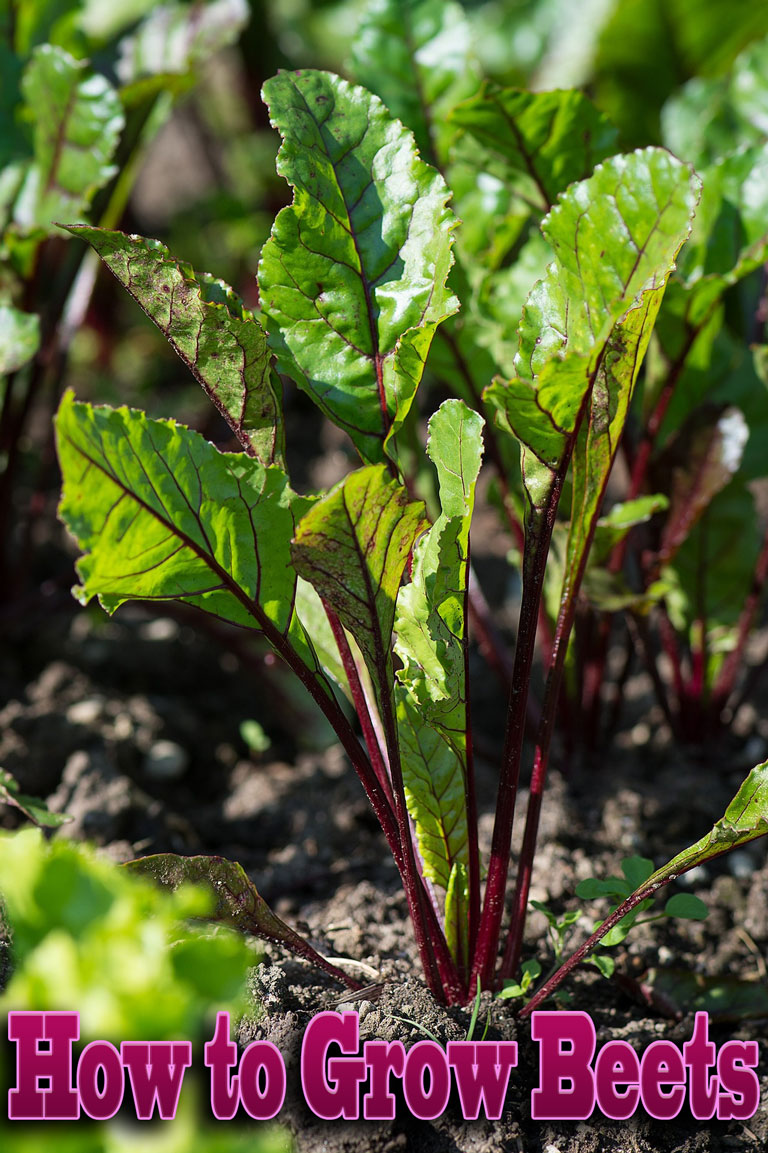
Beets are the most intense vegetable and originated in the Mediterranean region.
They come in different varieties, red, gold and candy striped. Beets grow best when temperatures average about 65 degrees, so early plantings grow faster if covered with row covers. Pull weeds early and often, and use light mulches of grass clippings or compost to help maintain even soil moisture.
Beet roots often naturally push up out of the ground as they mature, and this exposure to sun can cause the shoulders of white or yellow beets to become green and tough. Cover the roots with mulch or loose soil to ease the problem.
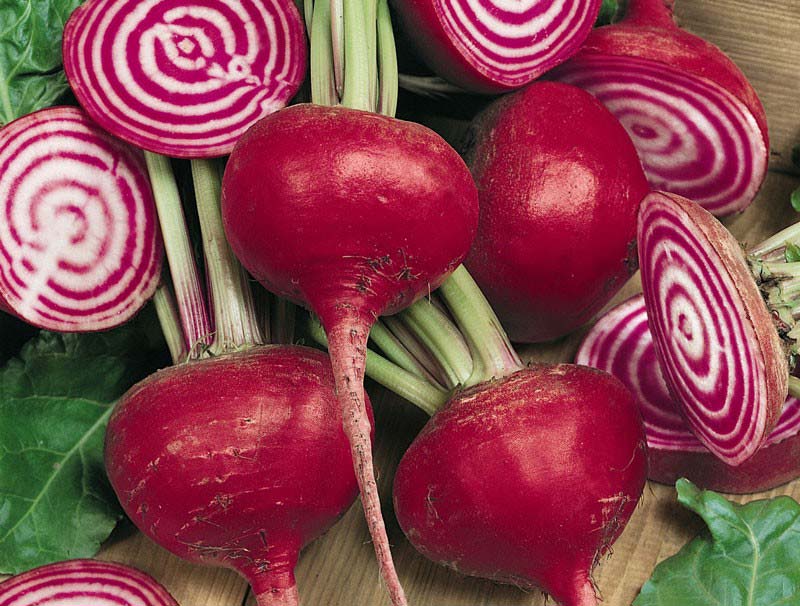
Harvesting and Storage
Beet greens can be harvested anytime, and picking a leaf or two from each plant won’t compromise their root growth, but many gardeners wait until beets are ready to pull to harvest the inner leaves.
Beet leaves taste best when they are about 6 inches long, but baby greens are wonderful in salads and bigger leaves still cook up nicely. Leave a few spring-sown beets in the garden through summer to enjoy a steady production of young greens.
Carefully wash harvested beets in cool water. Use a sharp knife to cut off all but 1 inch of the beet tops, but leave the taproot intact. Removing the tops prevents moisture loss from the roots. Store washed, trimmed beets in your refrigerator or a cool root cellar for several months. You also can make pickled beets and process them in a water bath canner for longer storage (get a recipe online in How to Can Pickled Beets). Bury mangel beets in a pit to use as needed for livestock fodder in winter.
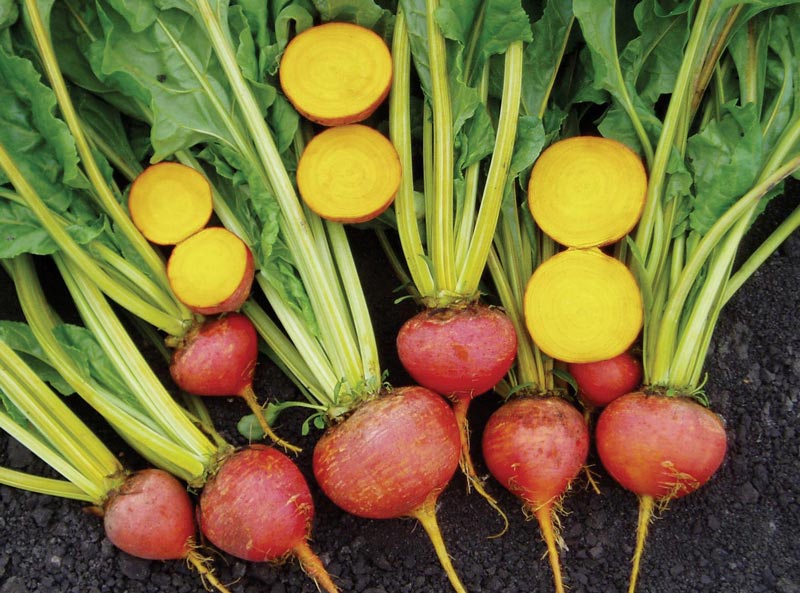
Saving Beet Seeds
Beets are biennial plants that produce flowers and seeds in their second year, following exposure to cold weather. Beets can survive winter to Zone 6 if protected from deer and harsh weather with a row cover tunnel. In colder climates, store three nice beets through winter and replant them in your garden as soon as the soil thaws (be sure the variety you save isn’t a hybrid).
Tiny beet flowers are wind-pollinated, so set plants close together for good pollination. Beet flower spikes can reach 4 feet tall, so they benefit from staking. Snipping off the ends of long flower spikes can help speed the maturation of seeds. When the seed spikes begin drying to tan, cut them and place them in a paper bag in a warm, dry place. After two weeks, rub the seeds to separate them, sift out debris, and store the seeds in a cool, dry place. Beet seeds can remain viable for four years.
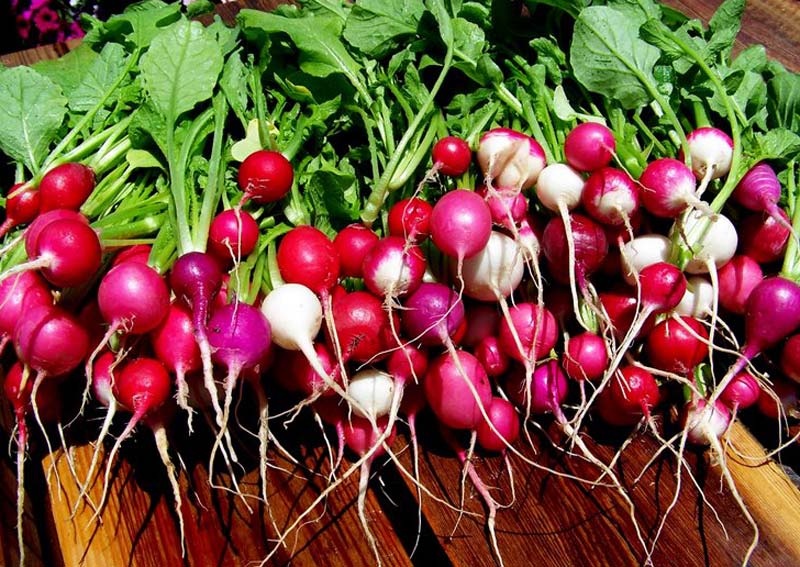
Pest and Disease Prevention Tips
Flea beetles make tiny holes in beet leaves, but healthy plants quickly outgrow the damage. These pests also love mustard greens and arugula, so diversity among your spring greens can limit damage.
Leaf miners make meandering lines in beet leaves. The larvae of a small fly, leaf miners feed inside the leaf, so pesticides cannot control them. Clip off affected leaves and bury them in an active compost pile to prevent a second generation.
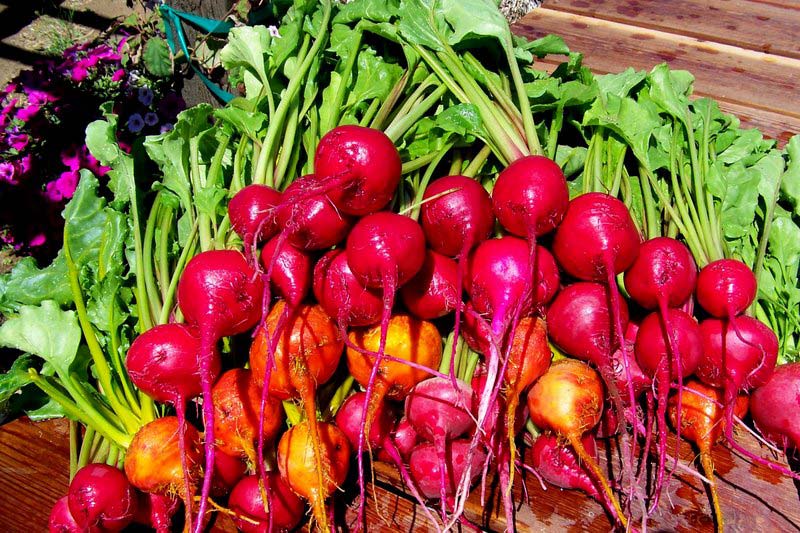
Beet leaves also can suffer from Cercospora leaf spot, a fungal disease aggravated by poor plant nutrition and warm, humid weather.
Affected leaves develop small spots and cracked, tan edges. You usually can prevent problems with good plant rotation practices, adequate thinning and a high level of soil fertility.
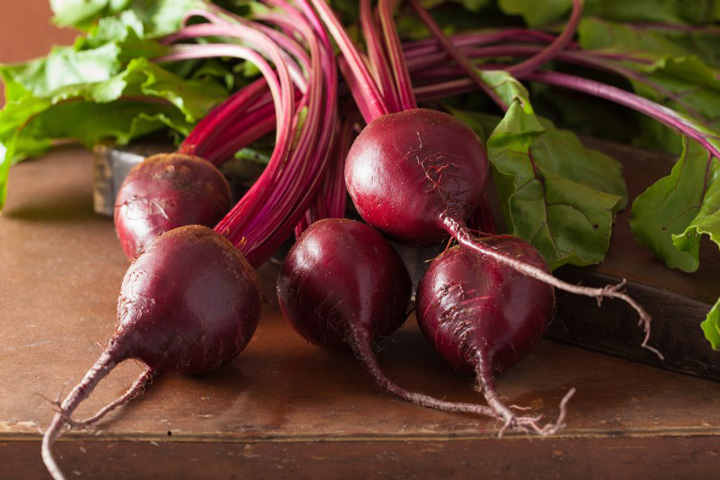

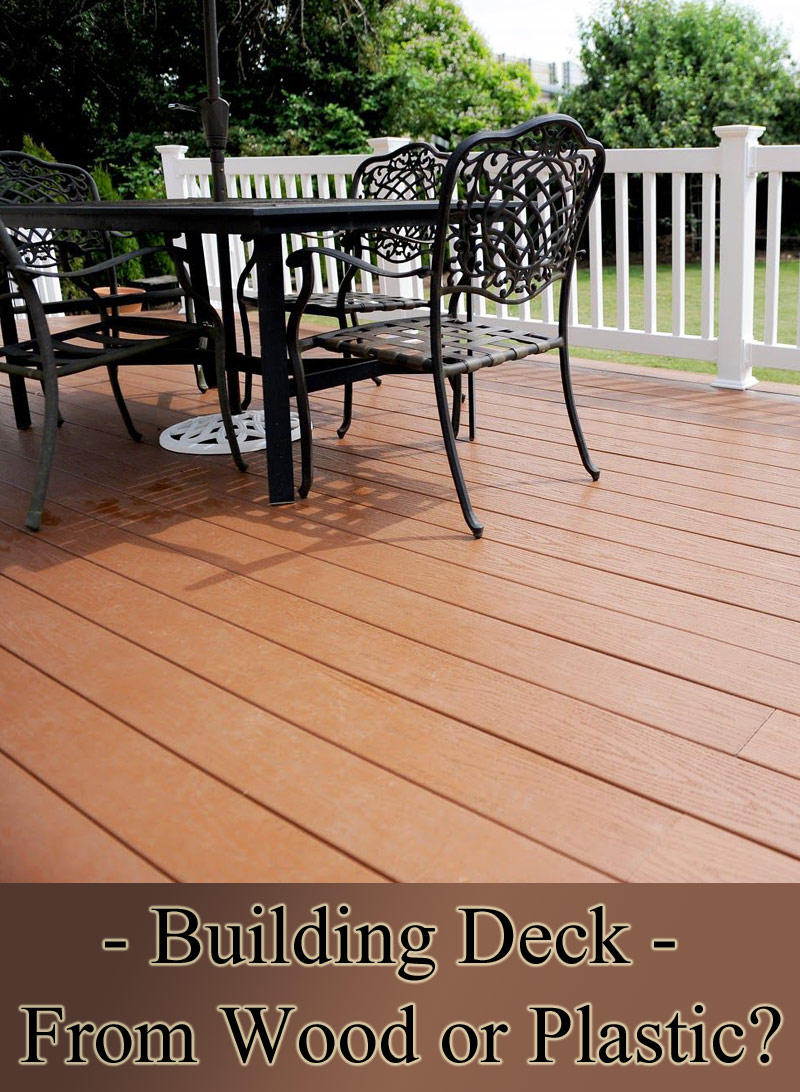


Leave a Reply